Whooping cough is back, and it’s hitting Australia harder than anyone expected. Case numbers are breaking records that stood for decades. Behind those numbers, a family lost their baby to the illness last year. The same concerning trends are appearing in communities around the world. This isn’t another outbreak statistic. The disease has returned in full force, finding its way to the most vulnerable when vaccination coverage slips and families let their guard down.
Numbers That Break All Records

Australia’s current outbreak keeps breaking records. The state hit 2,384 cases in early 2025, nearly three and a half times the average from 2020 to 2024. Queensland recorded 15,012 cases in 2024 alone, more than the previous 11 years combined. From January through August 2024, Queensland saw 7,010 cases compared to 104 in the same period the year before. That’s a 70-fold increase that caught health officials by surprise. The numbers represent thousands of families dealing with weeks of uncontrollable coughing, sleepless nights, and emergency room visits.
Understanding the “100-Day Cough”
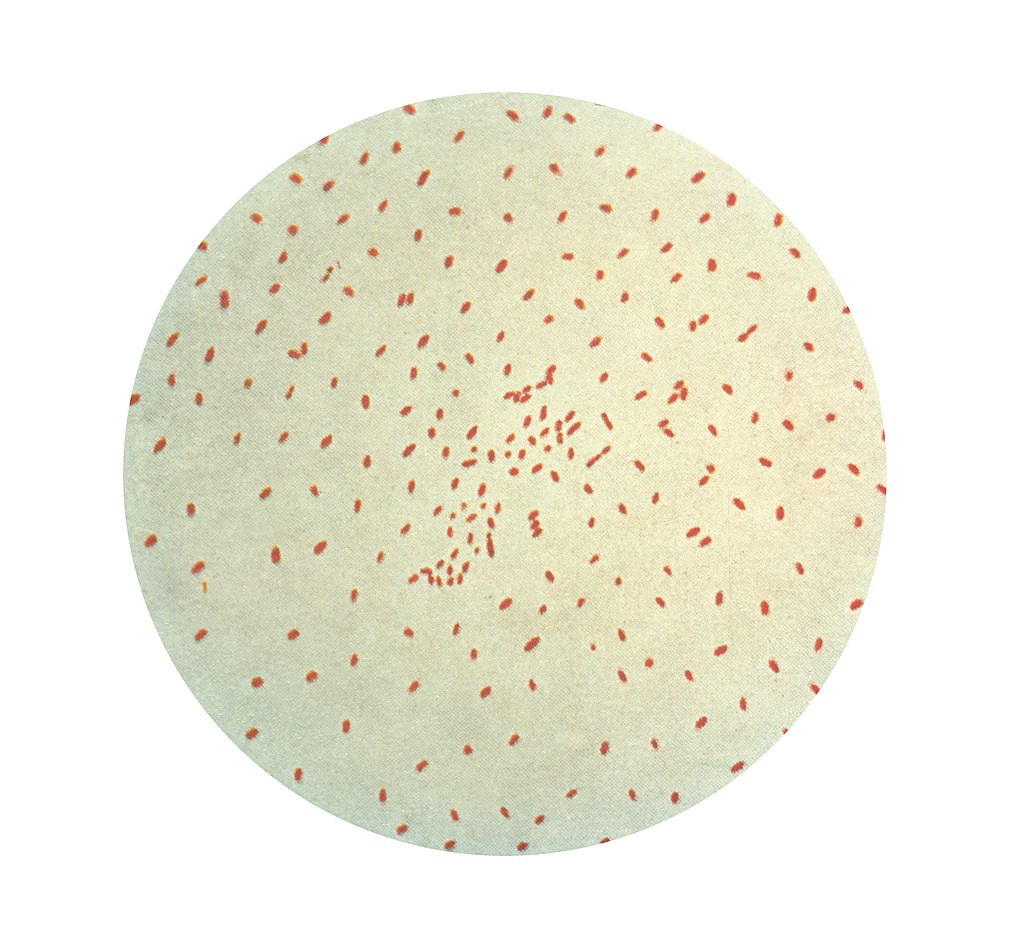
Whooping cough, medically called pertussis, can trigger violent coughing episodes for months. This bacterial infection has a tricky timeline. Symptoms can take anywhere from 5 days to 3 weeks to show up after infection, giving the bacteria time to spread undetected. It starts like any common cold with a runny nose, sneezing, and maybe a low fever. Then the real trouble begins. After about two weeks, thick mucus builds up inside the airways, causing intense coughing fits. These intense episodes may break ribs in adults and cause patients to struggle for breath, producing the unusual whooping noise from which the disease takes its name. This bug hits its hardest when it finds an unprotected baby.
Why Babies Pay the Highest Price
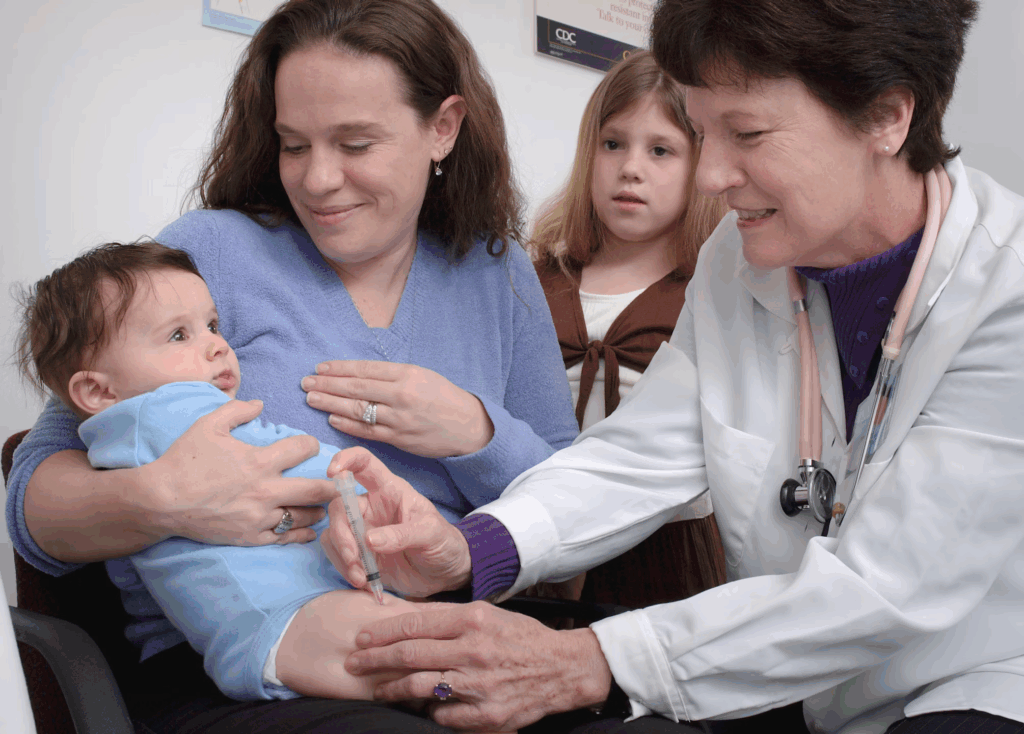
Infants under six months face the deadliest risk because they haven’t had enough vaccine doses yet. Nearly 1 in every 100 unvaccinated babies under 6 months who catch the illness will die from it. That might sound like a small number until you realize we’re talking about newborns who should be hitting milestones, not fighting for their lives in hospital ICUs. Babies often don’t develop the classic cough symptoms. Instead, they might stop breathing or experience life-threatening pauses in breathing called apnea. Health authorities note that vaccinating pregnant women against the disease can reduce the risk of their babies contracting the infection by 75 percent, making maternal vaccination essential for protecting these vulnerable newborns.
Whooping Cough Warning Signs Parents Can’t Ignore

The infection looks like a regular cold for the first week or two. Parents see the runny nose and mild cough, give them some over-the-counter medicine, and wait it out. Then the second stage hits. Coughing fits become so violent that kids vomit afterward or can’t catch their breath. Between attacks, they might seem perfectly fine, which makes everything confusing. In babies, watch for feeding difficulties, unusual fussiness, or breathing problems. Some babies might gag or struggle to breathe, or turn blue or purple.
Read More: Emerging COVID Variant NB.1.8.1 Identified in California and Multiple States
How Australia Walked Into This Perfect Storm
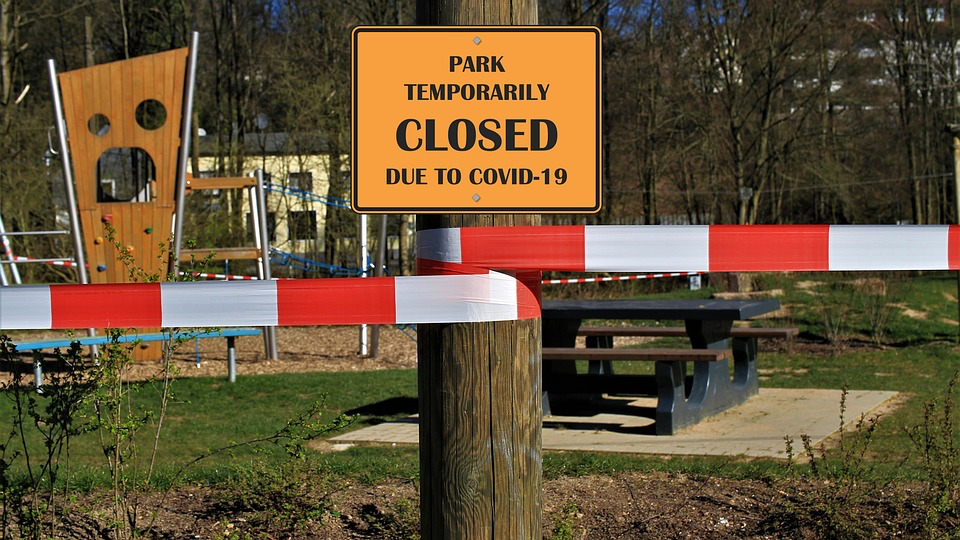
Several factors combined to create this outbreak. Epidemiologist Professor Adrian Esterman explains that the disease normally hits Australia every 3 to 5 years. This one was expected around 2020, but COVID lockdowns delayed it. Lockdowns meant kids missed exposure to typical childhood bugs, leaving their immune systems unprepared. Meanwhile, vaccination appointments were delayed during 2020 and 2021. Pandemic fatigue around medical appointments also made things worse.
When Vaccination Protection Breaks Down

Vaccination rates for one-year-olds slipped from 94.4% in 2018 down to 90.8% in 2024. Pregnant women’s vaccination rates dropped from 77% to 70%. When you’re dealing with an illness this contagious, every percentage point matters. Professor Griffin warns that “the numbers are very high and higher than we’d normally see, and with vaccination rates dropping, that’s certainly going to be a factor.” One infected person can spread whooping cough to up to 17 unvaccinated people.
What Stops This Disease

Vaccination remains the most effective weapon against the bacteria, but timing is everything. Pregnant women need their Tdap shot between weeks 27 and 36 of pregnancy, which can reduce their baby’s risk by 75%. That’s huge protection for newborns who can’t get their shots until six weeks old. Kids need doses at 2, 4, 6, and 18 months, then boosters at 4 years, and again around 11 to 13 years old. Adults need boosters every 10 years, but most people forget. If you’re going to be around babies, get your shot at least 2 weeks before you visit. Health officials emphasize that vaccines save lives and vaccinating pregnant women against the illness reduces the risk of their babies contracting the infection by 75%.
Global Patterns That Should Worry Everyone
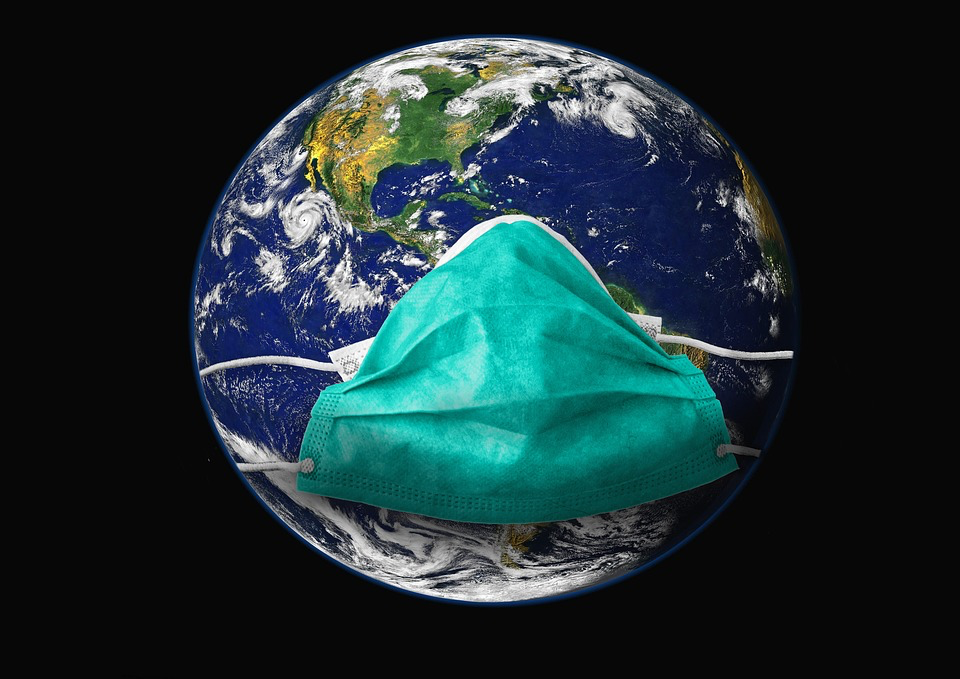
This outbreak isn’t happening in isolation. The United States reported 8,485 cases in early 2025, double the number from the same period last year. Two infants in Louisiana and a 5-year-old in Washington state have already died this year. The post-pandemic resurgence of respiratory diseases is hitting countries worldwide. Health experts warn that community immunity levels will take years to stabilize again. The bacteria that causes the infection has also been evolving, becoming better at evading vaccines and spreading even among vaccinated populations.
Taking Action Before It’s Too Late
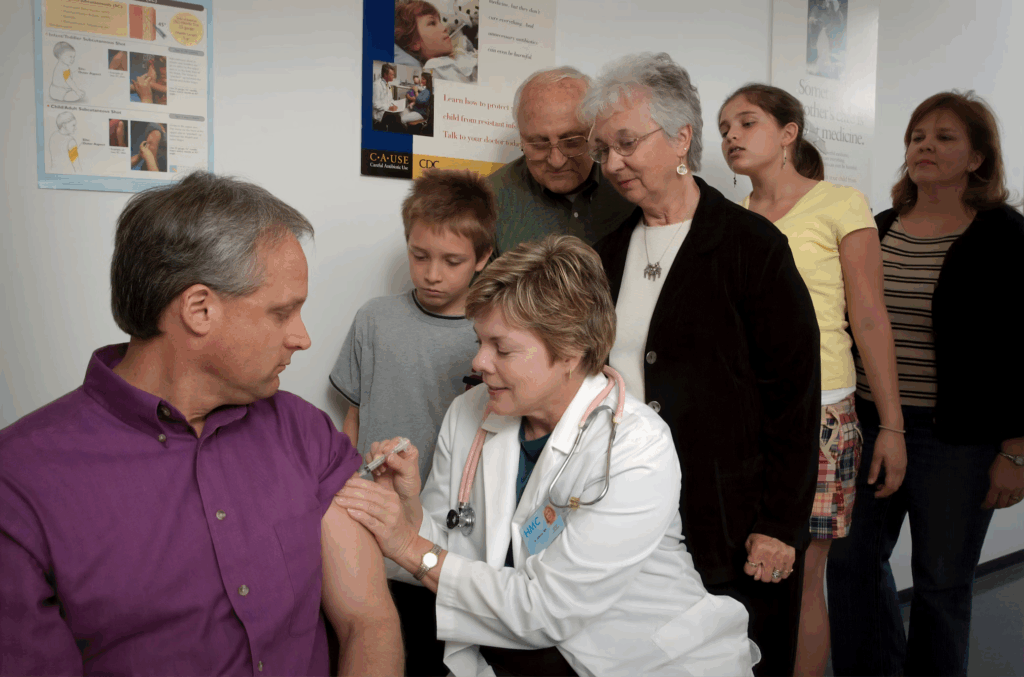
Parents don’t have to wait for whooping cough to arrive in their community. Check your family’s vaccination records and see when everyone last got boosters. Pregnant women should discuss timing with their doctors, ideally getting vaccinated during each pregnancy. If you’re around babies regularly, make sure your shots are current. Watch for early cold symptoms that persist beyond a normal week, especially the progression from mild cough to violent fits. Most importantly, don’t let pandemic fatigue keep you from routine medical care. As this outbreak shows, some diseases don’t pause for global emergencies. They wait for the right moment to return.
Read More: The 11 Deadliest Diseases to Watch for in 2025, According to Experts

